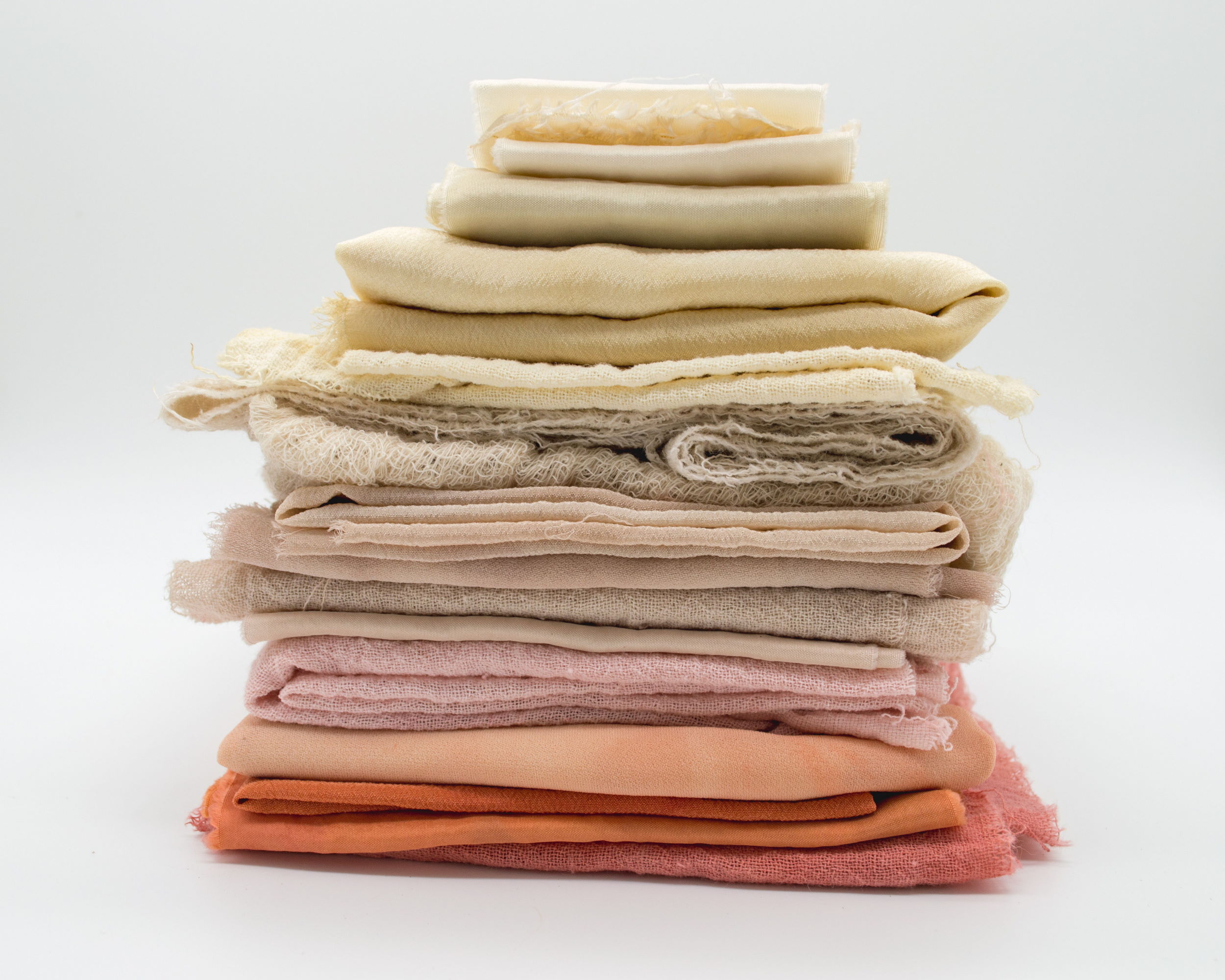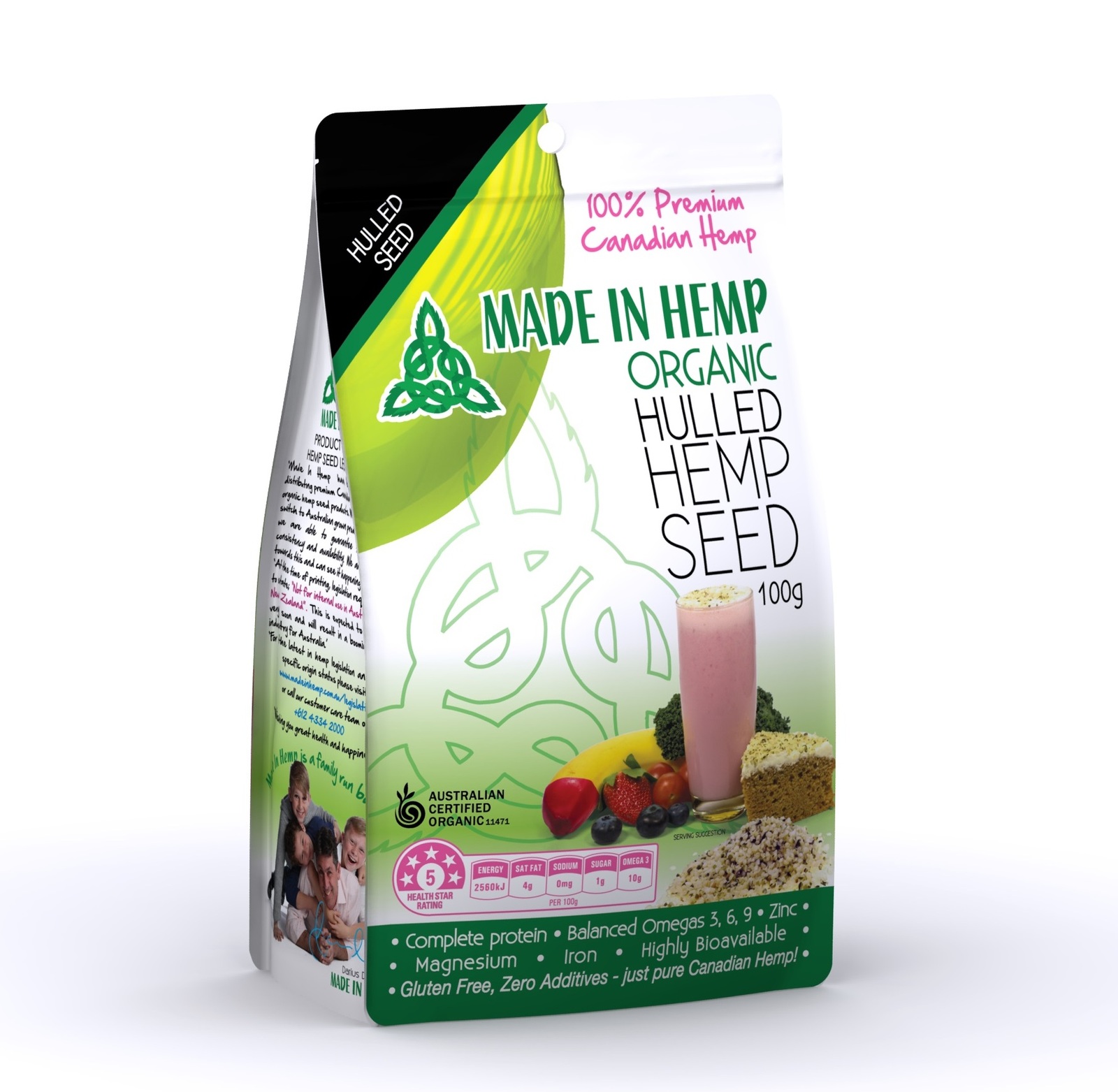Is Hemp Clothing Really More Sustainable?
The fashion industry accounts for up to 10% of global carbon dioxide emissions. The same source states that Americans throw away 11.3 million tons of textiles annually, which amounts to over 2,000 items of clothing daily!
Fashion has a more significant environmental impact than you might have imagined. However, the rise of sustainable clothing practices helps to mitigate this impact. Fashion manufacturers are turning towards more sustainable materials that are better for the planet and ideal for the socially conscious consumer.
Hemp is a sustainable fashion material. In fact, hemp is one of the most sustainable fabrics in this world, as you’ll discover in this article. Hemp material is sourced from a plant in the cannabis genus, and hemp clothing is legal in Australia.
What Is Hemp Clothing and How Is It Made?
 Hemp fabric is made using the fibres from the stalks of the Cannabis Sativa plant. Hemp is a tough material with high tensile strength. But don’t let this toughness fool you into thinking that hemp is uncomfortable! When used to create organic clothing, hemp offers a high level of softness that only gets softer as the clothing ages.
Hemp fabric is made using the fibres from the stalks of the Cannabis Sativa plant. Hemp is a tough material with high tensile strength. But don’t let this toughness fool you into thinking that hemp is uncomfortable! When used to create organic clothing, hemp offers a high level of softness that only gets softer as the clothing ages.
The Cannabis Sativa plant grows well in mild climates that have high humidity. Once harvested, the plants are typically left in the open field for between four and six weeks. This process keeps them exposed to the elements, ensuring the removal of pectin, a form of starch. Following this exposure period, the hemp is gathered into bales. Farmers use hammermills or breakers to separate the fibre from the plant’s wood-like core. Those fibres are then carded and cleaned to remove impurities. Finally, the hemp undergoes steam explosion, which separates the last of the woody fibres from the material so manufacturers can fashion the hemp into clothing.
Is Hemp Clothing Really More Sustainable?
Hemp clothing is often marketed as being more environmentally friendly than clothes made using other fabrics. The question is, how much better is hemp for the environment than other materials commonly used to make clothes?
According to a joint report by BioRegional and the Stockholm Environment Institute, hemp requires far less water per kilogram of production than cotton. The report found that hemp needs an average of 343 litres per kilogram, with cotton requiring between 9,788 and 9,958 litres. In other words, hemp clothing requires 29 times less water to produce than equivalent clothing made using cotton!
The same report also measured the environmental impact of hemp production against cotton. It found that the total ecological footprint of organic hemp is 1.46 global hectares (gha). By comparison, organic cotton requires 2.17 gha, while non-organic cotton needs 3.57 gha.
In short, this means that hemp clothing requires less water and land to produce than cotton. As such, it’s one of the most sustainable fabrics available today.
The Environmental Cost of Conventional Clothing
The fashion industry is responsible for up to 10% of global carbon emissions. Furthermore, figures shared by the Geneva Environment Network (GEN) state that 85% of textile production is discarded annually. The same report also highlights that 60% of materials used in the fashion industry are made using plastic, which requires the use of oil and similar unsustainable materials.
These statistics demonstrate that conventional clothing has an enormous impact on the environment. Much of the 85% of textile products discarded yearly are damaged or otherwise unusable goods, making for unsustainable practices that hurt the planet.
Moreover, consider the water usage in the fashion industry.
GEN states that the fashion sector uses 93 billion cubic metres of water annually. If that amount of water is difficult to visualize, the organization says it’s enough to take care of the drinking needs of five million people per year! GEN also states that conventional clothing practices lead to water contamination, soil erosion, and other ecological issues.
Though hemp is not a catch-all solution to these challenges, its lower water consumption and ecological footprint make it a more sustainable material than many used in conventional fashion.
Discover One of the World’s Most Sustainable Fabrics
It’s no secret that the traditional fashion industry uses unsustainable practices. Combine excessive water consumption with the use of plastics and a generally “disposable” mindset, and you get an industry that hugely impacts the planet’s health.
Sustainable fashion is the answer to the problems prevalent in conventional fashion.
Hemp clothing requires less water to produce, is free of plastics, and is made to last much longer than many conventional fabrics. If you’re looking for organic clothing that is environmentally friendly, Made in Hemp’s selection of men’s, women’s, and children’s clothes are ideal. Check out our collection to discover the hemp clothing that helps you take a more environmentally friendly approach to fashion.


